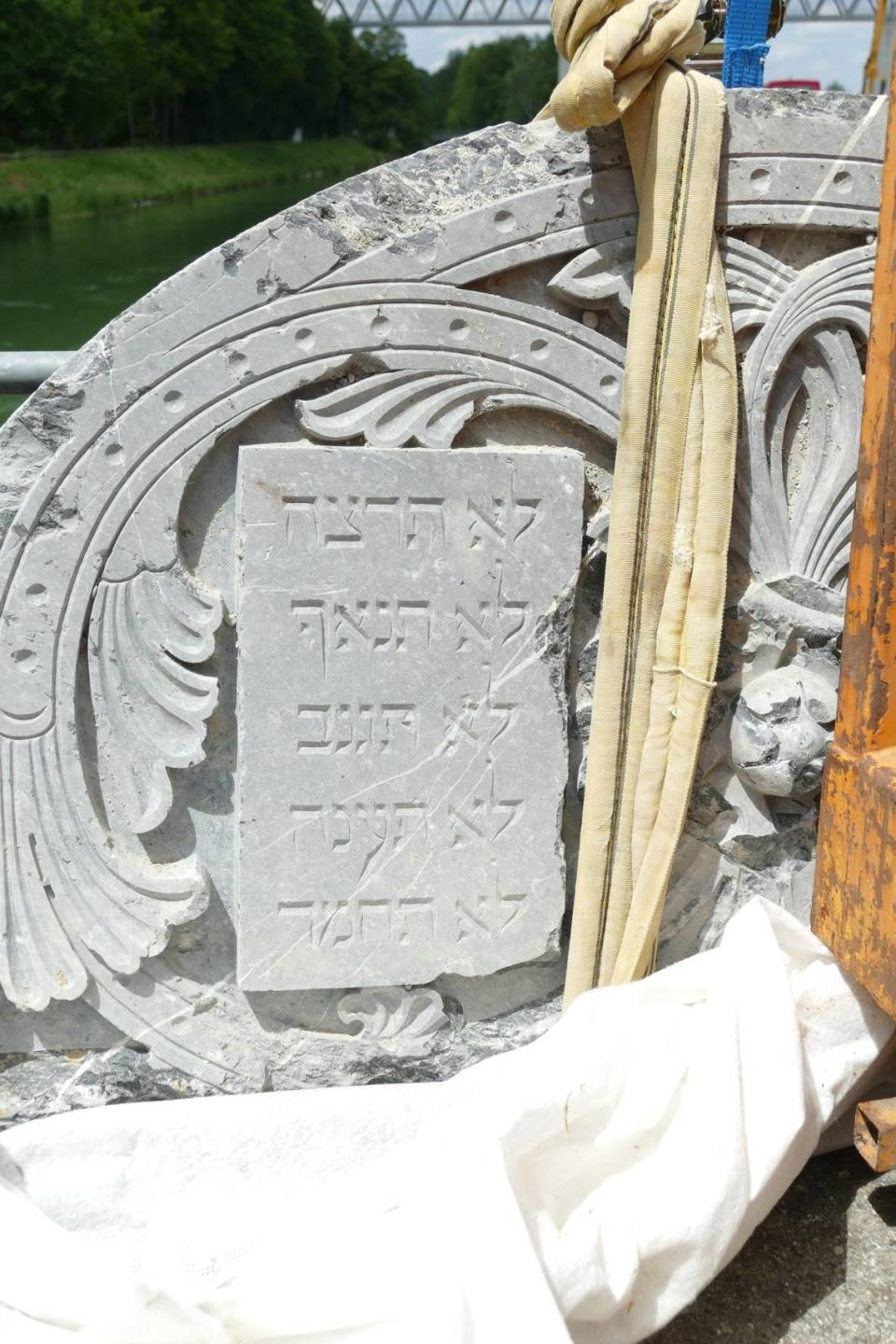Hitler ordered German synagogue destroyed 85 years ago. The ruins vanished — until now
Adolf Hitler ordered the destruction of a main synagogue in southern Germany 85 years ago, and the resulting rubble vanished. The local Jewish community gave up hope of finding the rubble until construction workers stumbled on some intricately carved stones.
The main synagogue in Munich was a “symbol” for the local Jewish community, Bernhard Purin, director of the Jewish Museum Munich, told McClatchy News. In addition to being a sacred space, the building represented “a successful era … when you could live without any pressure in the city.”
That era came crashing down quite literally when Hitler ordered the synagogue to be destroyed in June of 1938, Purin said. “It was a huge step. The Nazis wanted to test how the public would react.”
A construction company destroyed the synagogue without public protest from the city’s non-Jewish community, he explained. As the Holocaust and World War II unfolded, the resulting rubble was lost.
“We never thought we would find anything from it,” Purin told the BBC.
But that all changed.
Construction workers excavating a wall along a bank of the Isar River uncovered some decorated stones. They continued digging and unearthed a stone tablet with what they suspected was Hebrew writing, Purin said.
Archaeological authorities and the Jewish Museum Munich identified the stones as part of the destroyed synagogue. The fragment with Hebrew writing was part of the synagogue’s Torah shrine and shows part of the Ten Commandments.
Photos from the Jewish Museum Munich show the ruins along the Isar River and the piece of the Ten Commandments.

Archaeologists have identified about 165 tons of stones that might be ruins of the synagogue.
The fragments have been buried along the Isar River for about 67 years, Purin said. The same construction company that destroyed the synagogue later used the ruins and other rubble to fill in a section of the riverbank.
For over 60 years, the ruins sat only two miles away from where the main synagogue once stood, Purin said. Now, the original location has a department store and memorial.
Seeing the synagogue stones “was one of the most moving moments in 30 years of working in Jewish museums,” Purin told the BBC.
Charlotte Knobloch, the 90-year-old leader of Munich’s Jewish community who worshiped at the synagogue as a child, expressed a similar awe. “I really didn’t expect fragments to survive, let alone that we would see them,” she told the German outlet Münchner Merkur, the BBC reported.
The stones have been moved to another location for further study. The process of matching ruins to photographs of the synagogue will take about two years, Purin said.
Construction will resume along the riverbank in mid-July — and Purin hopes more pieces of the synagogue will be found.
‘Urban legend’ of a submarine beneath UK park might actually be real, experts say
Romans had dinner party 2,000 years ago — and metal detectorist found what’s left
Legend claims there’s entrance to Underworld in Mexico — and experts think they found it

